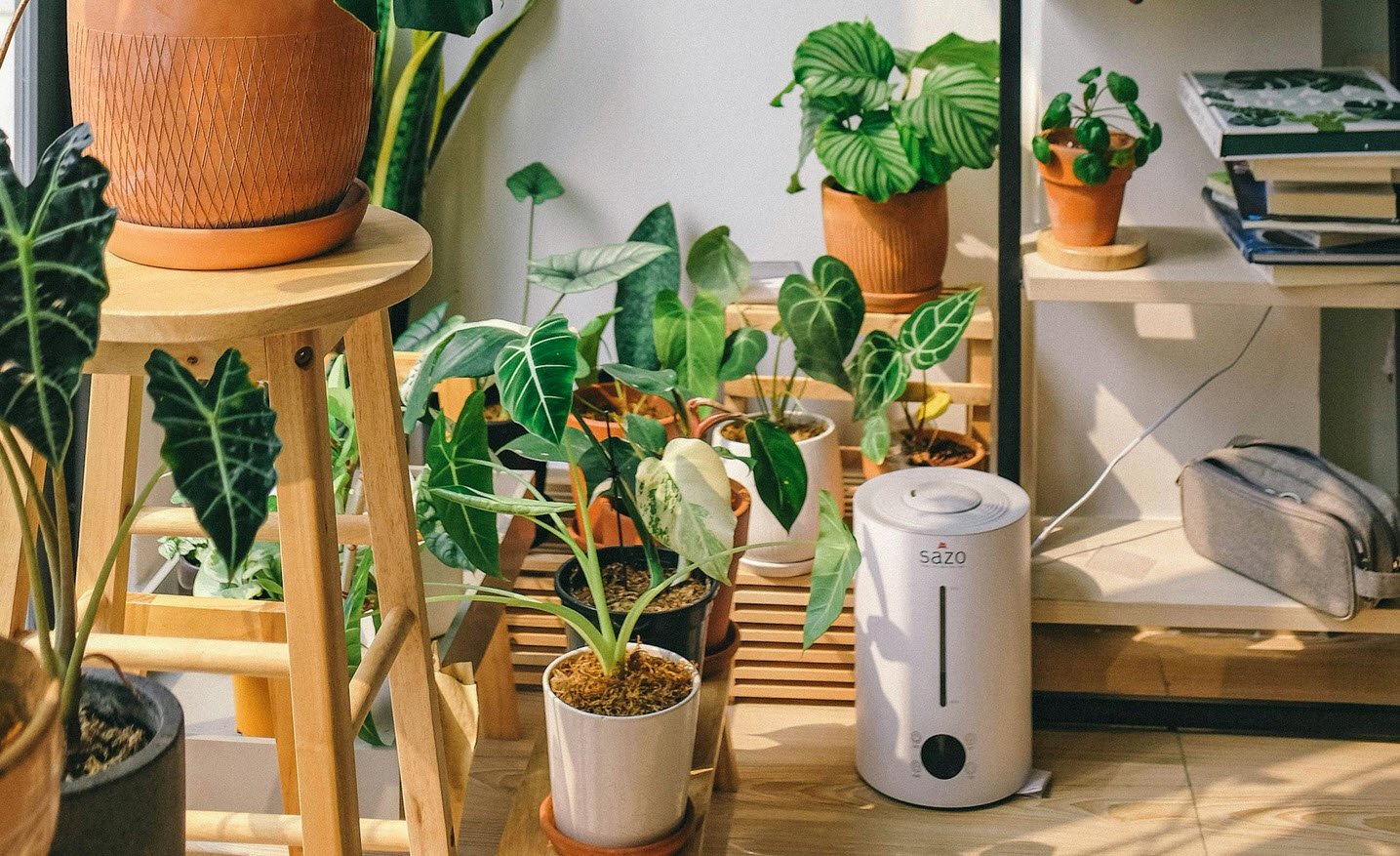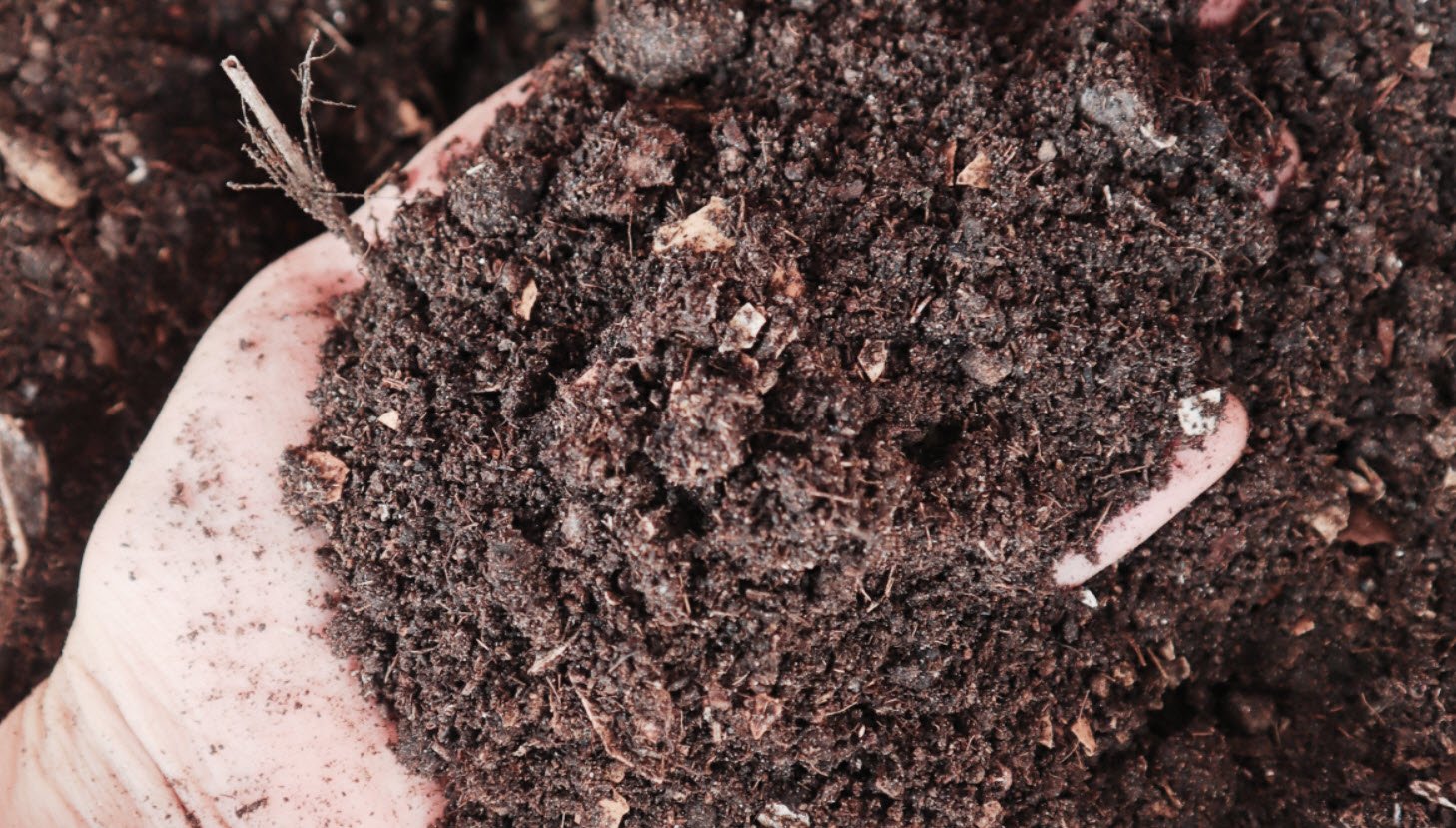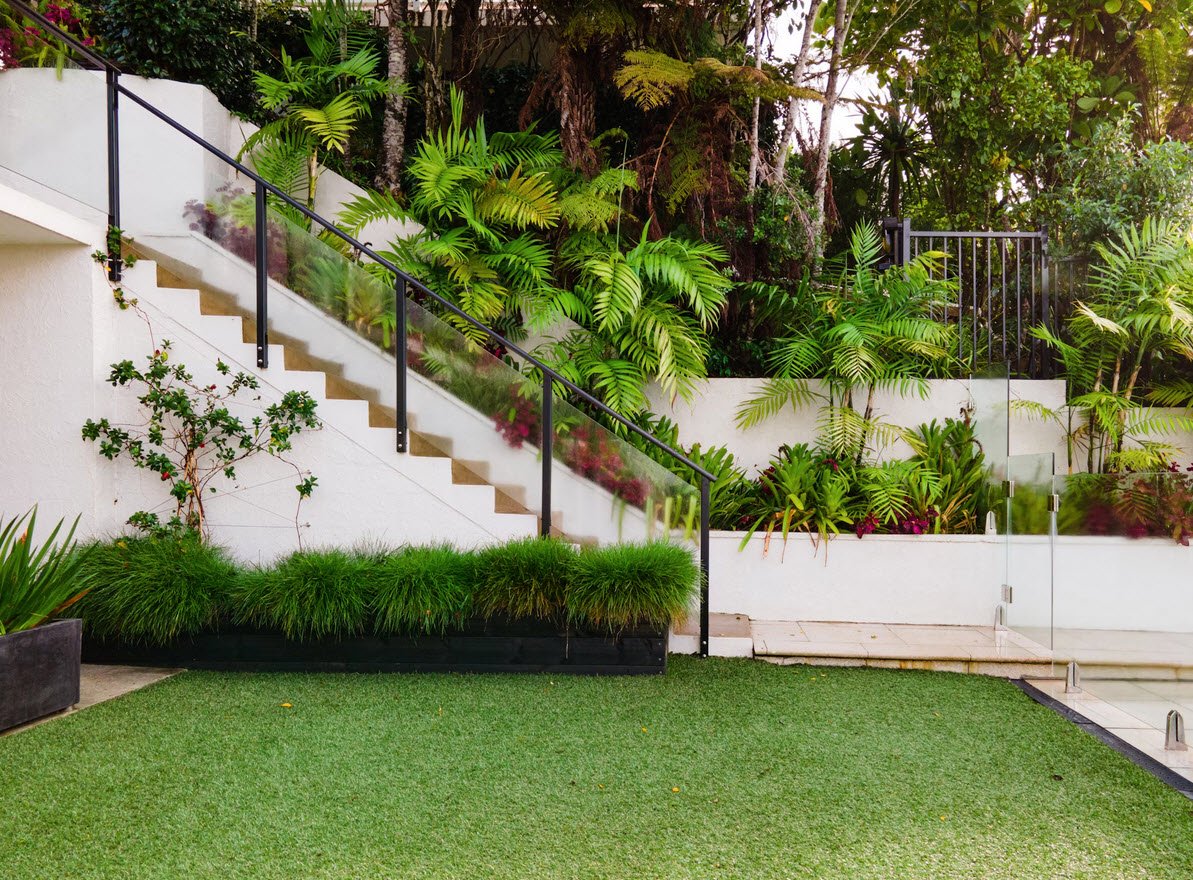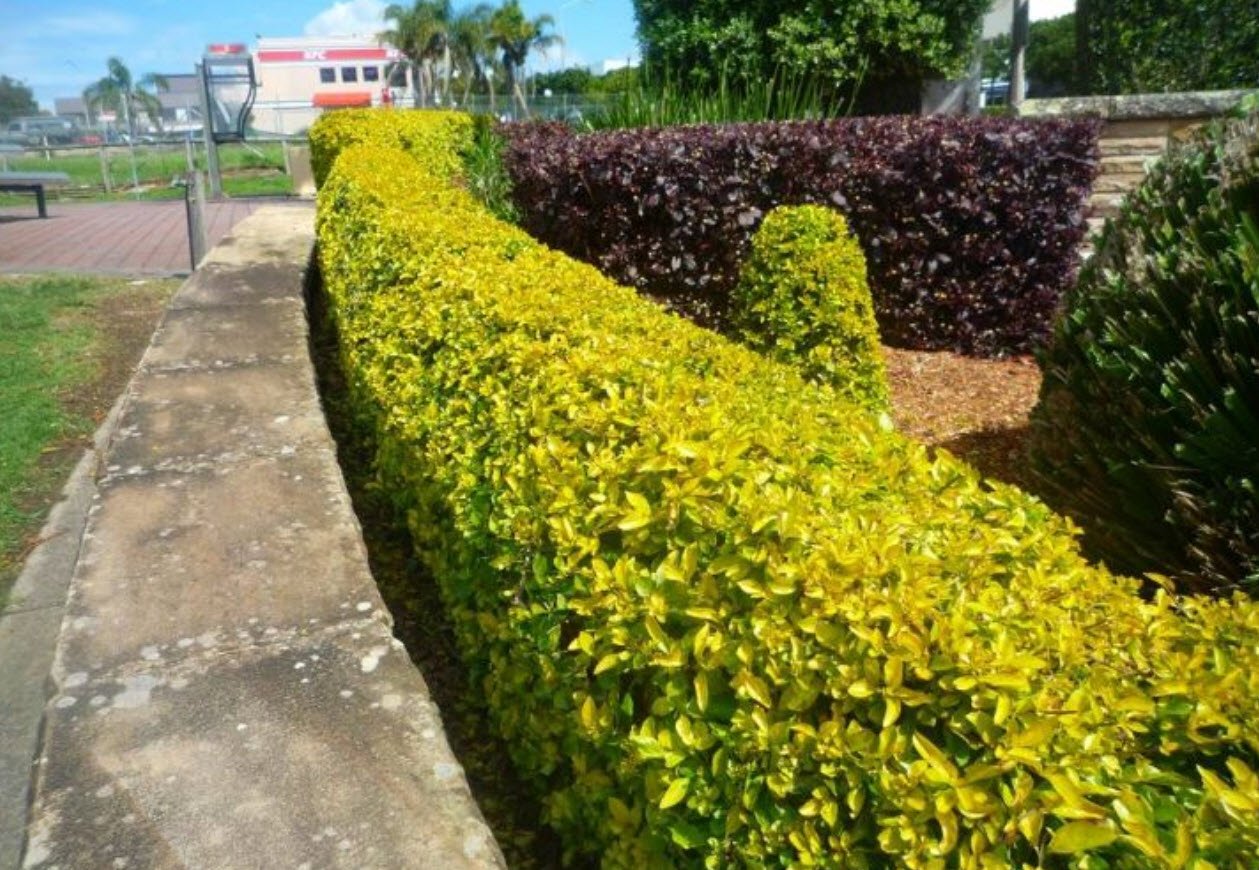
In many articles the gardening on the roof is often termed as terrace gardening which is not strictly correct according to British practice. Terrace gardening is completely different from roof gardening.
In modern times, homes with a compound and lawn especially in cities and towns are becoming rare replacing such homes. As a result, the private home gardens are vanishing and the only places left for gardening are the roofs of houses and the balcony.
A spacious and well-planned roof garden can be a place of joy and recreation. In bigger cities of India, many of the large hotels and public buildings are developing this type of gardening. Even in a small city as Lucknow a hotel has a roof garden with lawn, though not well planned.
Many private houses in Delhi, Kolkata, Mumbai, and Baroda have roof gardens, including a lawn. The roof garden of Dr. B. P. Pal in Delhi, dominated by a collection of roses, besides other plants such as bougainvillea, pansy, etc., is a charm by its own right. There are many other private homes in our cities having charming roof gardens with rare collections of cacti, orchids, dahlia, chrysanthemum, and other plants.
Limitations
The difficulties encountered in a roof garden are completely different from that of gardens at the ground level.
1. Since the garden is at a high level from the ground, the cost maintenance may go up as everything has to be carried up.
2. But the more fundamental difference is in the depth of the soil. At ground level the depth may be unlimited with a source of groundwater, whereas on the roof the depth of the soil is shallow, not exceeding 90 cm, but generally varying between 20 and 60 cm.
3. Not only the depth is shallow in roof garden, but the drainage is also good and hence water has to be replenished constantly by frequent watering.
4. Large trees and shrubs are generally not grown on the roof as the growth of the tap root is limited by the roof below.
5. Moreover, because of shallow depth, good drainage and frequent watering, the plant food in the soil leaches off more rapidly and is to be made good by more frequent replacement.
Planning: Before planning a roof garden certain points are to be checked.
Flower beds can be made directly on the roof. This can be achieved by placing the soil between the outer wall or the parapet and a wall built on the inner side with the help of moisture-proof wood shuttering stones, or bricks.
The width of such boxes will vary according to the available space, the nature of the plants to be grown, and other factors. Such beds directly constructed on the roof surface are not preferred always, as they are of permanent nature and may also damage the roof.
Alternatively, the best method will be to arrange a series of containers holding soil, such as boxes, pots troughs, tubs, etc., These are placed over wedges or bricks to leave a clear gap between them and the roof for proper drainage and passage of air.
The first thing to check before starting a roof garden is whether the roof surface can bear the weight of the soil. Soil, especially wet soil, is much heavier than one can usually conceive.
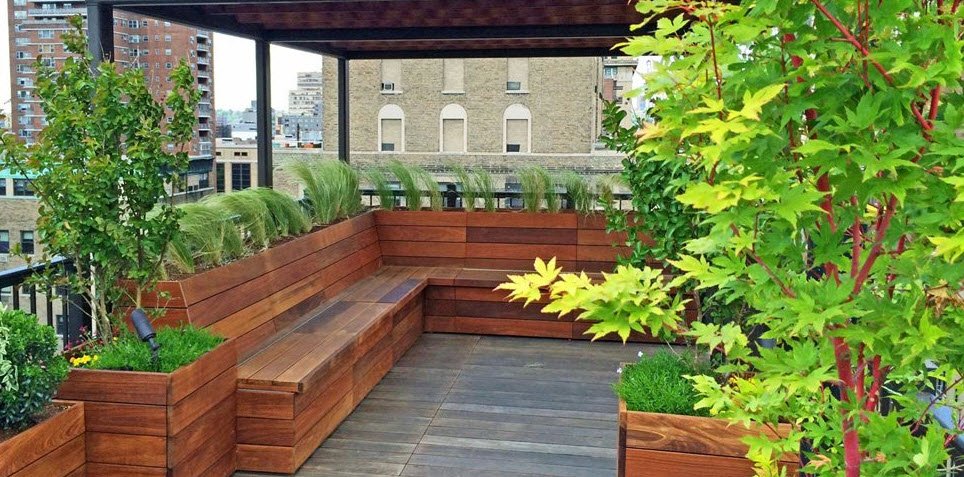
Secondly, the roof should be made water-proof to prevent seepage of water into the room below and finally, it should have adequate drainage so that rain and irrigation water drains off quickly.
The concept of roof gardening itself is artificial; therefore, while planning and designing this point should be kept in mind.
As for example, it is not possible to create natural scenery with hills and valleys or natural forest scenery. As for any other gardening a roof garden should also have a dominant focal point, like lawn or water garden or rock garden or a prominent climber (e.g., Bougainvillea, Clerodendron splendens, Bignonia venusta, climbing rose).
On a roof the space available for gardening is limited; therefore, it will be a good idea to encourage vertical growth. This is the reason why a roof garden lover should use more climbers and trailers in his garden, some of which can climb over a supporting pillar while others can grow rampantly over the boundary wall and spill over the top and hang down the side of the building.
Ficus repens is a good root climber which can cover a wall. Other attractive creepers include Cobaea scandens (annual), railway creeper, Vernonia elaegnifolia (Curtain creeper), passion flower, Thunbergia alata (annual), etc.
Hanging baskets should play a major role in a roof garden. Various types of basket either containing flowering or foliage plants can be displayed with great advantage at suitable places. One can also display with advantage the collection of bonsai and few alpine plants. One or a few vertical gardens can also be displayed in a planned manner in the roof garden.
It is possible to grow a wide range of plant materials in a roof garden excluding, of course, the large shrubs and big trees.
- Flowering Annuals: Antirrhinum, stocks, dwarf sweet peas, pansy, dahlia, chrysanthemum, marigold, sweet alyssum, phlox, pinks (Dianthus) and verbena
- Herbaceous Perennials: Daisy, canna, Mirabilis jalapa, Portulaca, Solidago canadensis, Vinca rosea and perennial verbena.
- Shrubs: Many of the dwarf and medium shrubs can be grown.
- Trees: One or two dwarf trees such as Plumeria sp. Callistemon lanceolatus and Gliricidia maculata can be grown as specimen plants. Some large to medium trees such as Araucaria cookii, Brassia actinophylla, etc., can also be grown till they are young.
- Creepers: The creepers that can be grown are mentioned in the text.
- Bulbs: A variety of bulbous plants of annual or perennial nature can be grown.
- Water plants: Water-lilies and other water plants can be grown in the lily pool in cement tubs.

